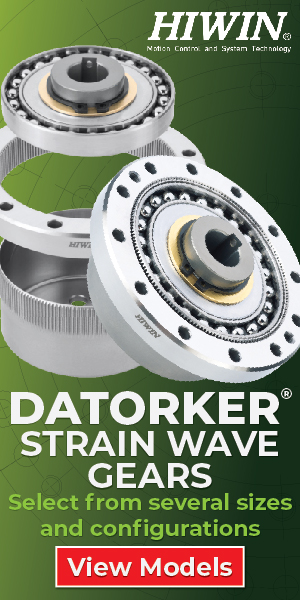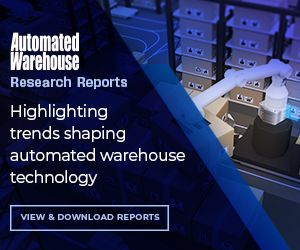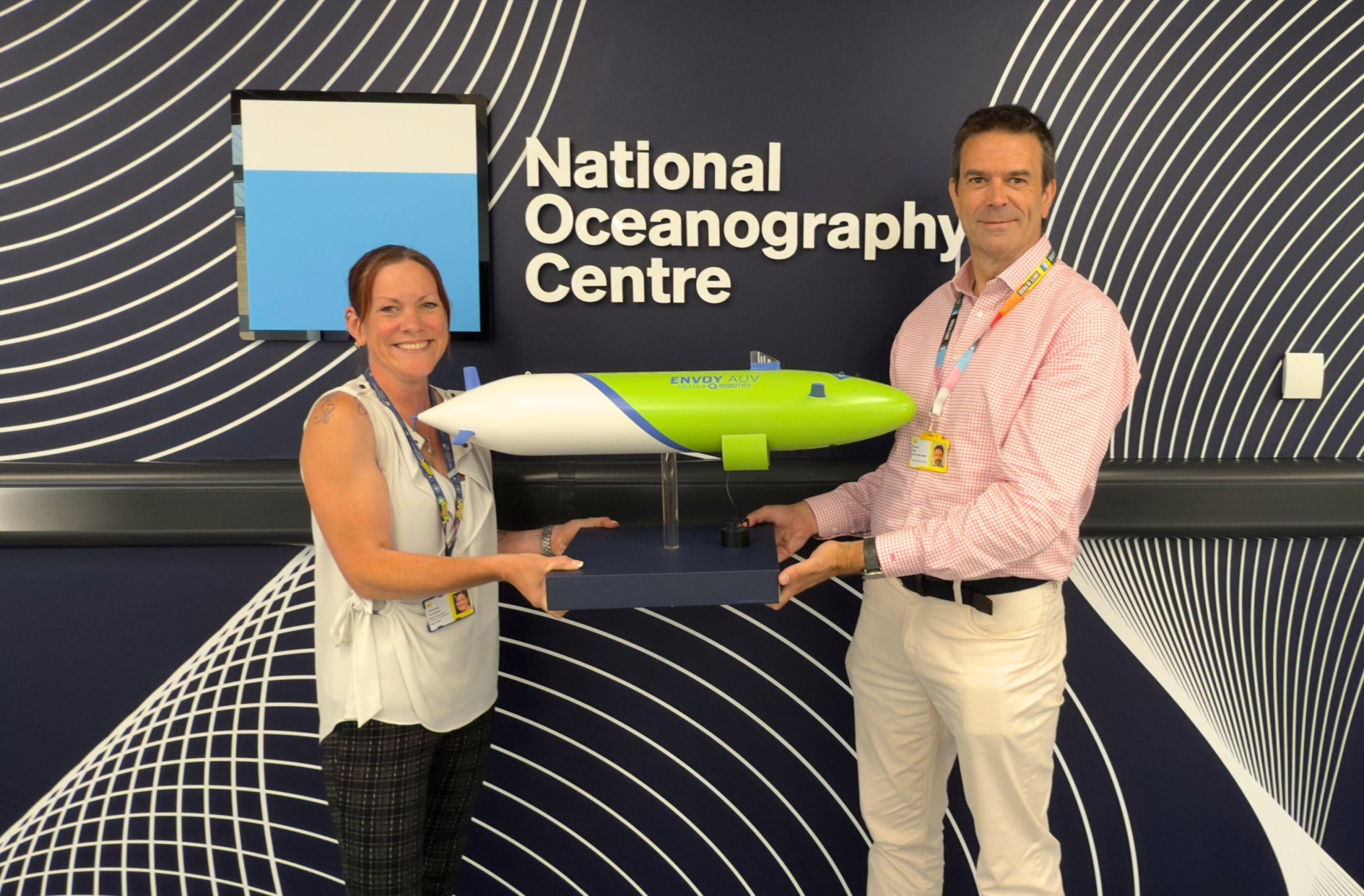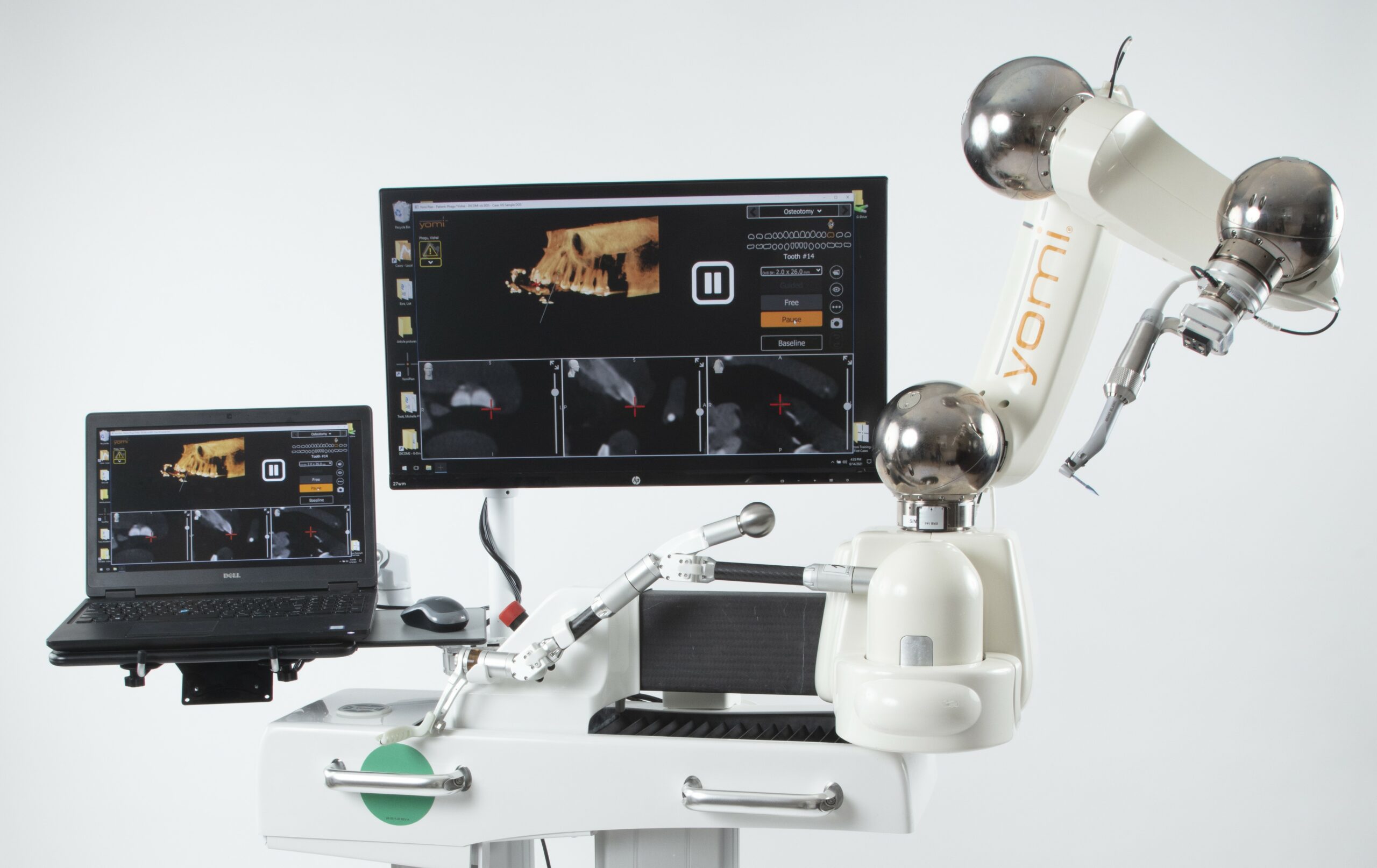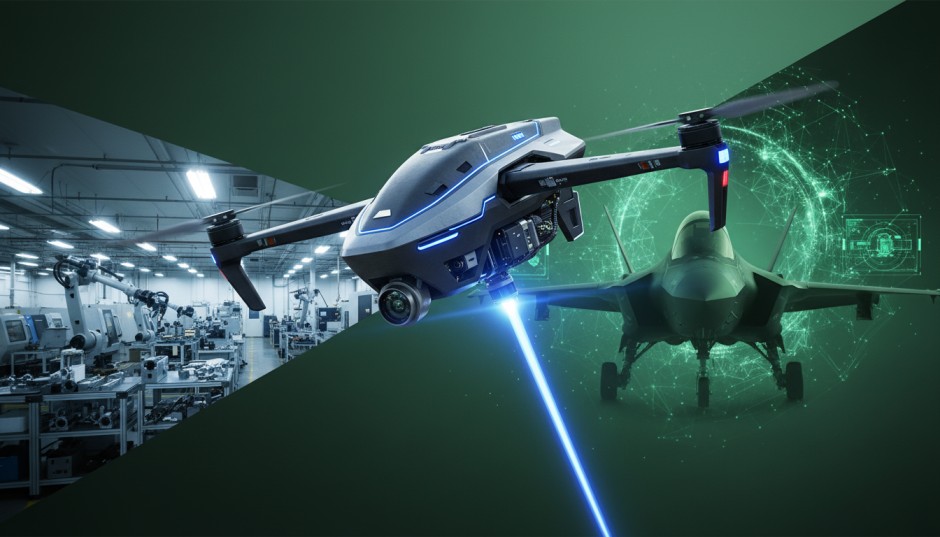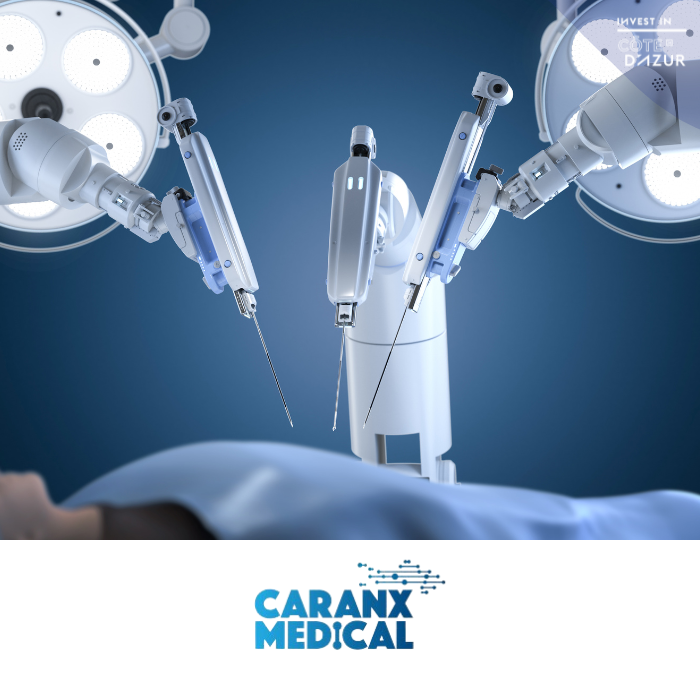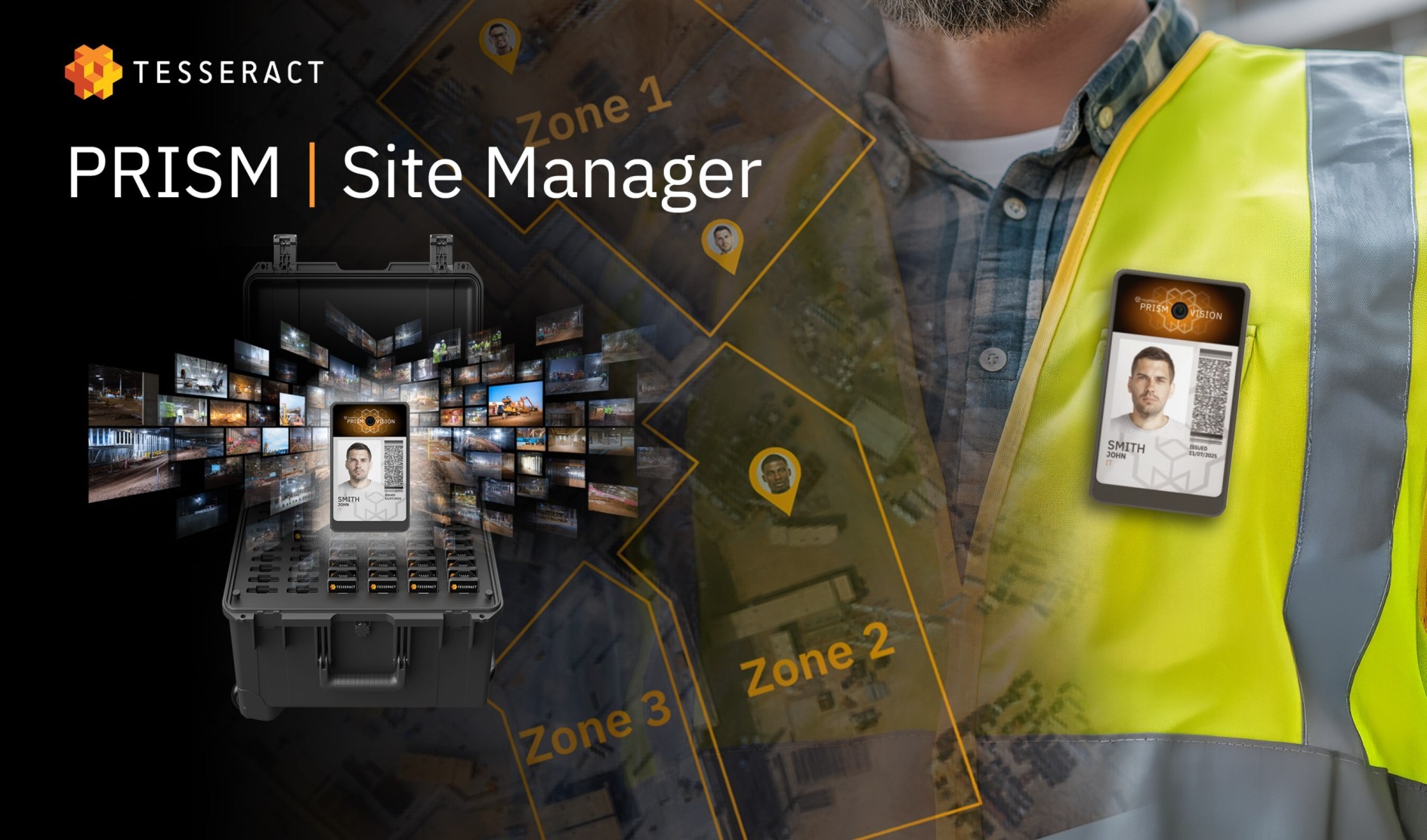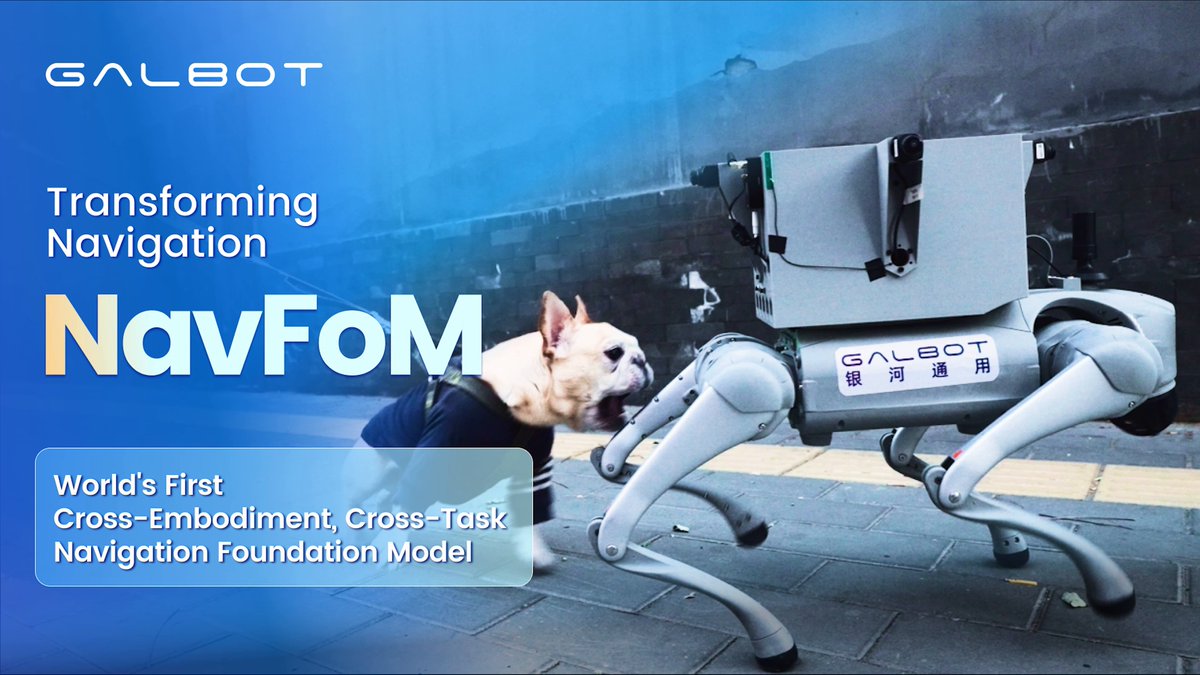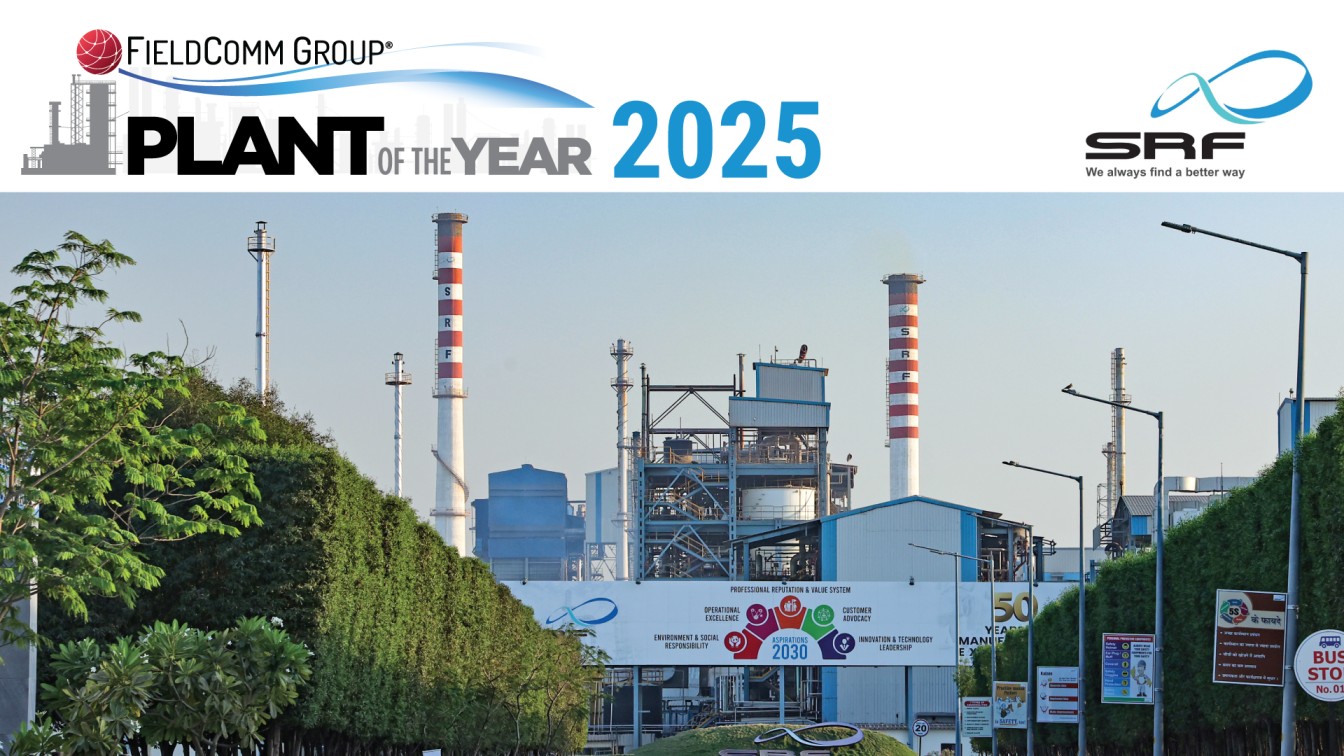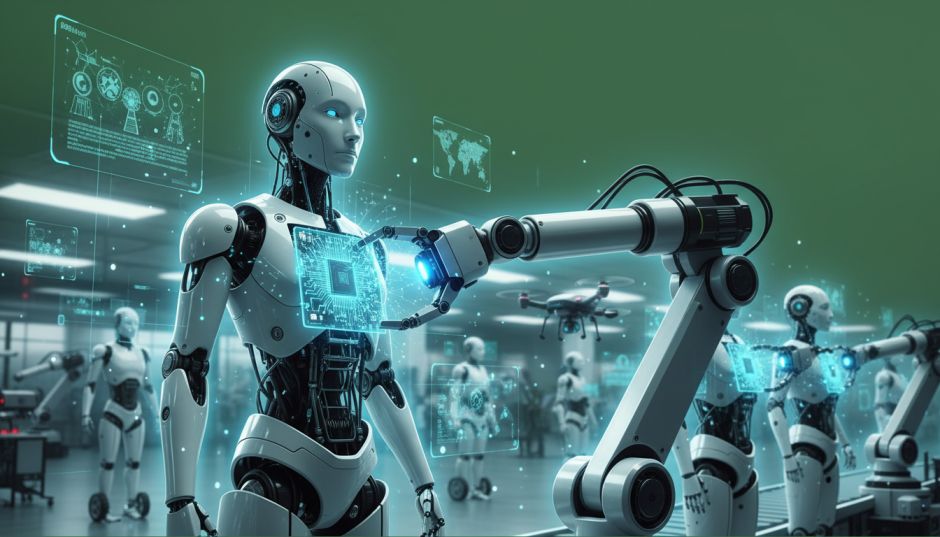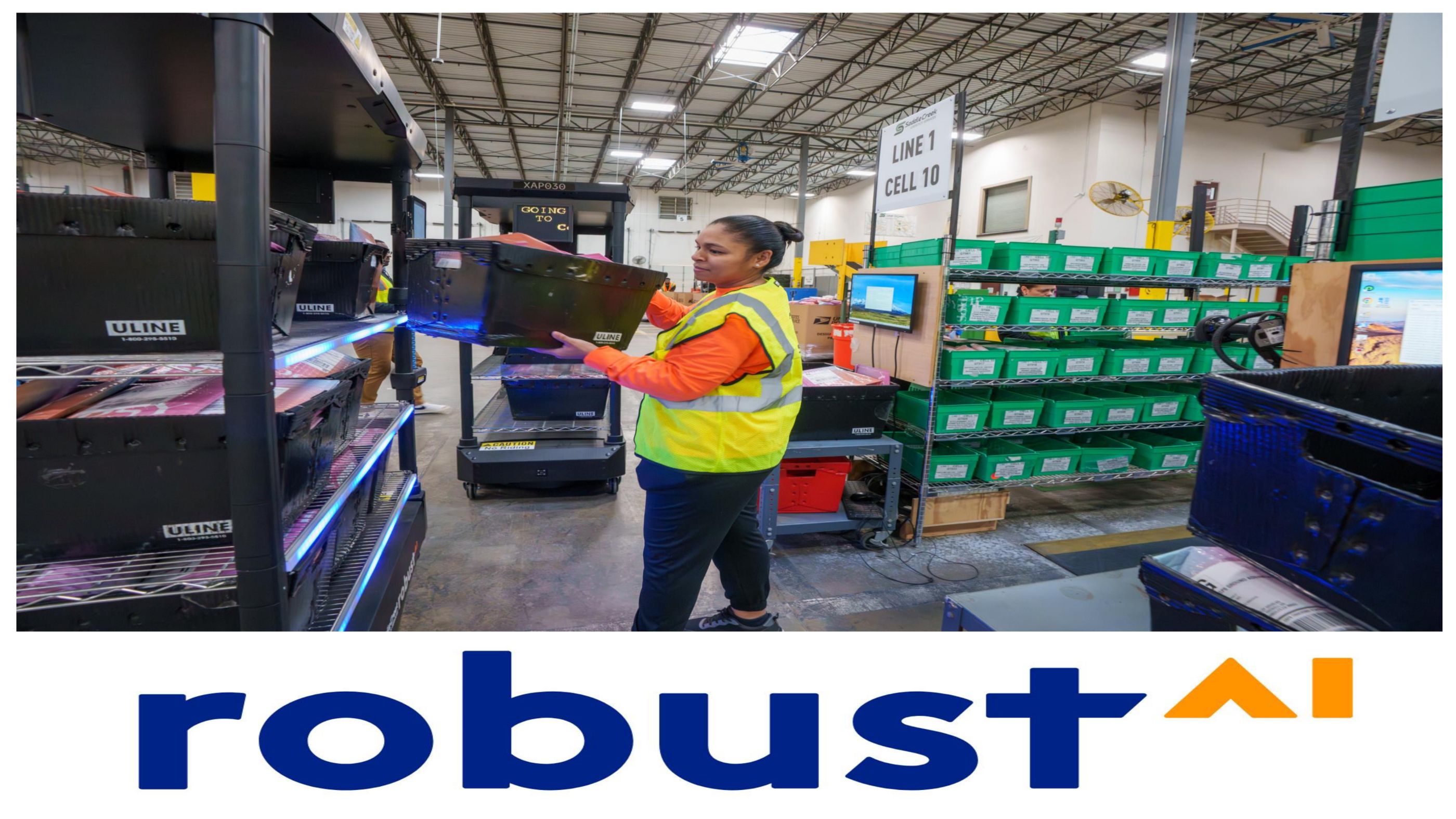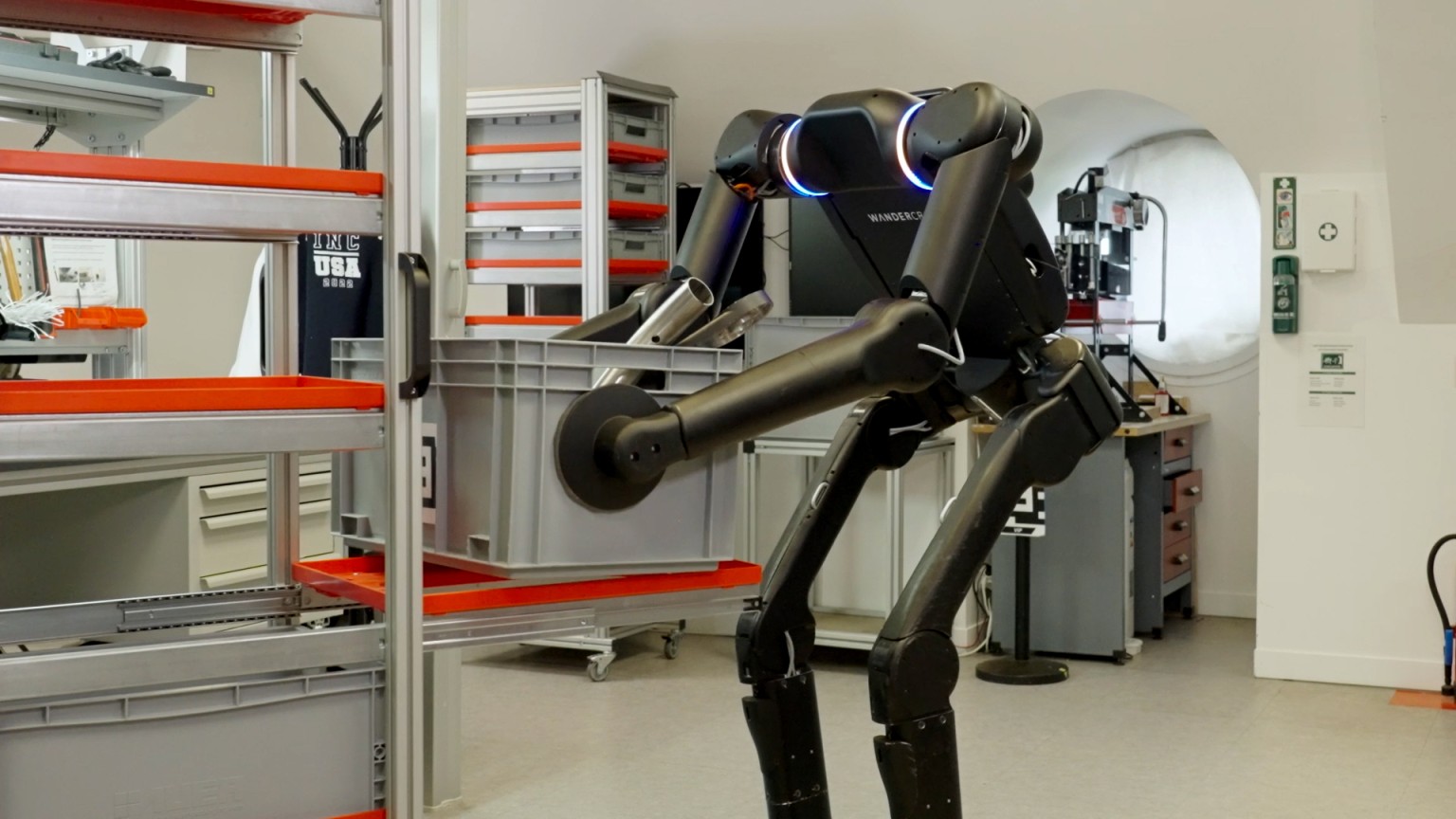NexCOBOT's Dual EtherCAT Master AI Controller Ushers in a Safer, Smarter Era of Modular Robotics
13 May 2025 | Expert Insight | By editor@rbnpress.com
Milton Walker, Director of Business Development at NexCOBOT, shares how their Jetson-powered controller, SIL2 certification, and modular architecture are setting new benchmarks for AI-driven robotics in industrial and collaborative environments.
Milton Walker, Director of Business Development at NexCOBOT, shares how their Jetson-powered controller, SIL2 certification, and modular architecture are setting new benchmarks for AI-driven robotics in industrial and collaborative environments.
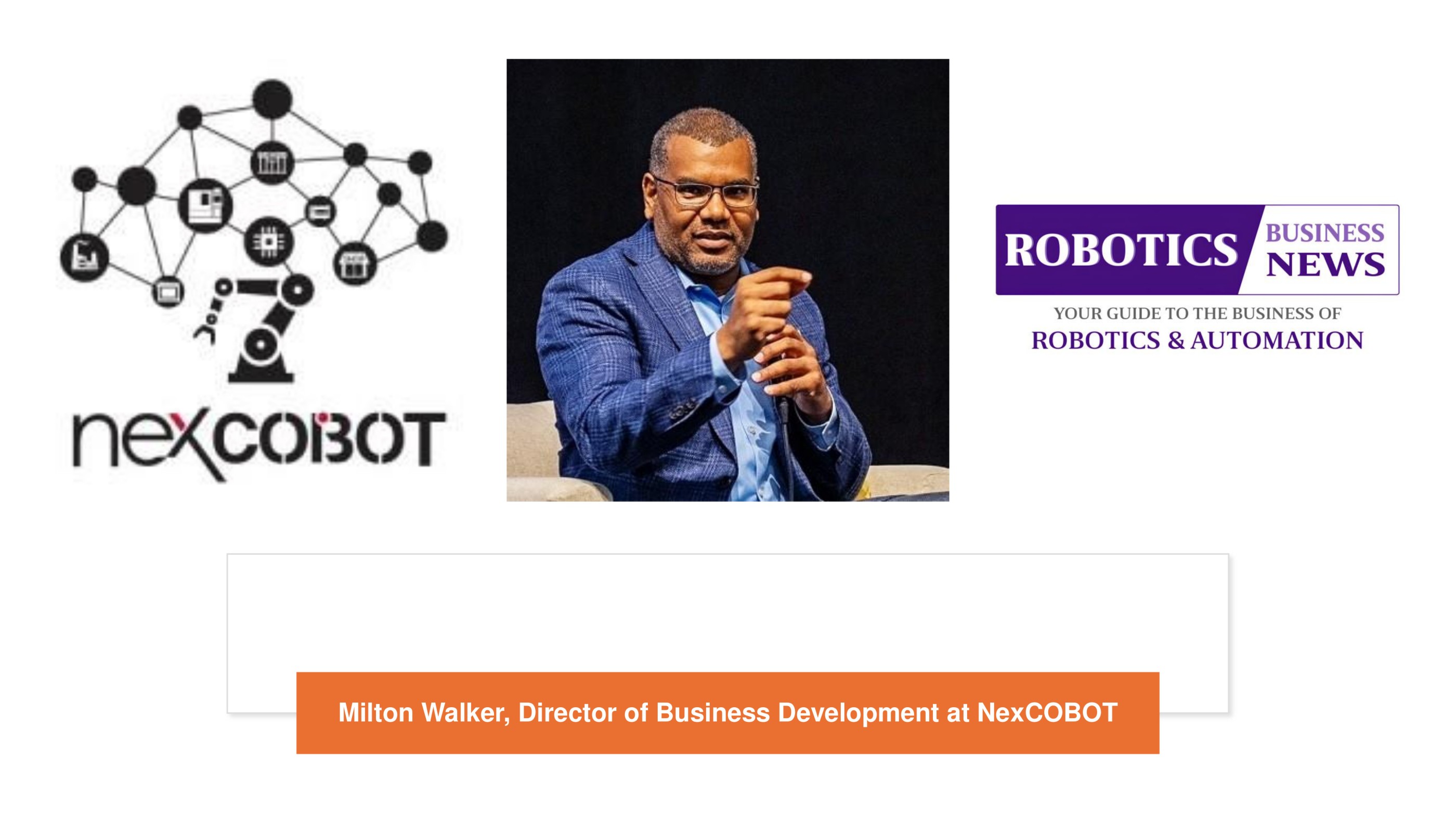
In this exclusive interview with Robotics Business News, Milton Walker, Director of Business Development at NexCOBOT, breaks down the innovations powering the company’s dual EtherCAT master AI robotic controller. From boosting real-time motion control and system reliability to achieving SIL2 safety certification and seamlessly integrating AI at the edge with NVIDIA Jetson, Walker outlines how NexCOBOT is enabling a new era of scalable, safe, and intelligent robotic systems across diverse industries—from manufacturing and logistics to humanoid robotics.
What distinguishes NexCOBOT’s dual EtherCAT master AI robotic controller from existing single-master systems in terms of real-time motion control and reliability?
What sets NexCOBOT’s dual EtherCAT master AI robotic controller apart from traditional single-master systems is the difference in modularity, real-time responsiveness and system reliability.
The use of two EtherCAT masters allows for modular development, a huge advantage for engineering teams. For example, one team can focus on developing and controlling a robot’s upper body using one master, while another team handles the lower body’s bipedal movement or control of an autonomous mobile robot (AMR). This structure allows for more scalable and parallel workflows among teams.
Most existing humanoid robots rely on single-master architectures built on closed, proprietary protocols, which tend to limit flexibility. These systems can suffer poor performance or worse – if the master crashes, the whole system might go down. NexCOBOT’s approach tackles this head on; the dual-master design not only enhances real-time motion control but also introduces redundancy and fault tolerance, significantly improving system reliability.
How does the integration of the NVIDIA® Jetson™ platform enhance the controller's AI capabilities and performance in industrial applications?
Jetson is ideal for edge AI because it combines low-power Arm based cores with high-performance GPU compute, which means it can handle both general compute tasks and intensive AI inference right on the device. This gives NexCOBOT the ability to run real-time EtherCAT control directly on the Jetson system; it lets users seamlessly integrate motion control and AI tasks on the same platform. So, instead of juggling multiple systems or sacrificing real-time performance, you get everything working together smoothly, from high-speed robot movement to complex AI-driven decision-making.
Can you elaborate on the functional safety certifications achieved by NexCOBOT's systems, and how these certifications impact deployment in collaborative robotics?
NexCOBOT has been deeply invested in functional safety for several years now, with about 4 to 5 years of experience working with both EN 61508 and ISO 13849 standards.
One of our key milestones was achieving SIL2 certification on our SCB100 platform, certified by TÜV Rheinland in 2024. That’s a big validation, both of our hardware and our entire development process. TÜV’s certification means our systems meet strict global safety standards, and it reflects the thorough reviews we’ve gone through at every stage, from planning and design to final testing.
This kind of certification is especially important in collaborative robotics where safety is non-negotiable. It gives our partners and customers confidence that our controllers can be trusted in environments where humans and robots work side by side.
On top of these certifications, we have strong partnerships in place with Intel and Renesas, and we’re already looking ahead. The upcoming 10218 regulation expected in 2025 will raise the bar for safety even higher, and we’re actively developing both hardware and software to meet those new requirements. So we’re not just keeping up, we’re planning ahead to make sure our systems are ready for what’s next in collaborative robotics.
In what ways does the modular design of NexCOBOT's controller facilitate scalability and customization for various robotic applications?
One of the strengths of NexCOBOT’s controller is its modular design, both in hardware and software. That modularity gives customers a lot of flexibility when it comes to scaling and customization. We offer a range of standard products, but we also support customized (ODM) services, so if a customer has specific requirements, we can deliver tailored solutions to match. That might mean anything from adjusting the configuration to supporting a completely unique use case. The idea is to provide a solid, adaptable platform that customers can build on. For example, they can take our hardware and develop different types of robot applications, whether it’s for industrial arms, AMRs or more complex humanoid systems. It’s all about giving teams the building blocks they need, without boxing them into a one-size-fits-all solution.
What role does the Functional Safety over EtherCAT (FSoE) protocol play in ensuring safe operations within NexCOBOT's robotic systems?
EtherCAT is the go-to communication protocol in robotics right now, and when it comes to safety, Functional Safety over EtherCAT (FSoE) is the standard functional safety protocol built on EtherCAT. It’s essential for meeting regulations, especially with the upcoming 10218 standard. At NexCOBOT, we’ve already reached a high level of maturity with FSoE, so we’re well-prepared to support safe and compliant robotic systems.
In short, FSoE helps ensure that even in high-speed, real-time environments, safety-critical communication is reliable and protected, making it a key part of our system’s ability to operate safely in collaborative and industrial settings.
Looking ahead, how does NexCOBOT plan to further innovate in the field of AI-driven robotics and expand its offerings to meet evolving industry demands?
NexCOBOT provides robotic controllers, subsystems and components for building many types of robots, including dual arm 7-axis robots, wafer cassette handling robots, AI-inspection robots, quadrupeds, and humanoids. Our partners turn to NexCOBOT for our strength and expertise across the growing ecosystem of robotics software, systems, and peripherals. We are committed to helping them build safe, intelligent and reliable robots.
NexCOBOT is focused on pushing the boundaries of AI-driven robotics, especially when it comes to motion control. Our goal is to deliver the most advanced AI motion control hardware platform available, giving developers and integrators the tools they need to build smarter, faster, and more capable robots.
At the same time, we’re also expanding our customized services, particularly around next-generation functional safety hardware and software. As industry demands evolve, especially with new safety regulations emerging, we’re committed to helping our customers stay ahead with solutions tailored to their specific needs. It’s all about combining cutting-edge technology with flexibility to meet whatever challenges come next.




